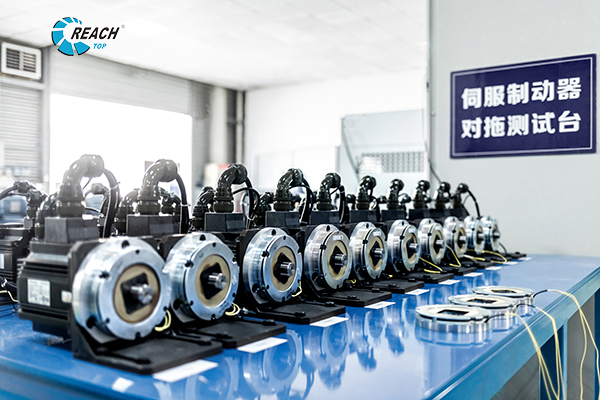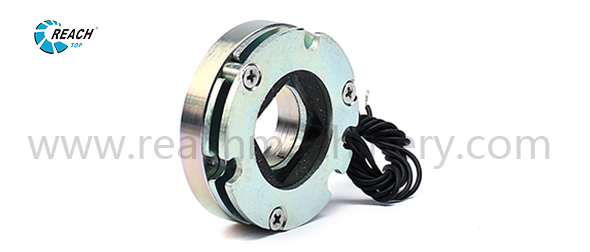Contact: sales@reachmachinery.com
Servo motor brake no-load wear refers to the wearing or deterioration of the brake system when it is engaged or disengaged under no-load conditions. This type of wear is crucial to consider as it directly impacts the performance and lifetime of the servo motor system.
The importance of no-load wear in a servo motor brake can be understood in the following ways:
Brake Efficiency: No-load wear can affect the efficiency of the servo motor brake system. Excessive wear may lead to reduced braking torque, resulting in diminished stopping power. This can be problematic in applications that require precise and rapid stopping or holding capabilities.
System Stability: No-load wear can influence the stability of the servo motor brake system. Increased wear can cause inconsistent braking performance, leading to positioning errors, vibrations, or even unintended movements. This compromises the system’s ability to maintain accurate control and may affect overall productivity.
Lifetime of Brake Components: Continuous no-load wear can accelerate the degradation of brake components, such as brake pads, discs, or other friction surfaces. This can result in increased maintenance requirements, more frequent replacements, and higher associated costs. Additionally, excessive wear may lead to unexpected failures, causing unplanned downtime and disruptions to operations.
No-load wear testing for servo motor brake
To address no-load wear in a servo motor brake, the following measures can be taken:
Excellent Brake Design and Strict Approval Test: The servo motor brake manufacturer shall design the brake with the full understanding of the electromagnetic brake function and its actual working conditions. The approval testing should be completed before selling the brake.
Optimal Brake Selection: Select a high-quality brake system specifically designed for the requirements of the servo motor application. Consider factors such as load capacity, speed, and environmental conditions to ensure proper functionality and longevity.
Regular Inspection and Maintenance: Implement a proactive maintenance schedule to monitor the condition of the brake components. Regularly inspect for signs of wear, contamination, or damage and perform necessary maintenance or replacements as recommended by the manufacturer.
Controlled Engagement and Disengagement: Avoid abrupt or excessive engagement or disengagement of the brake to minimize wear. Smooth and controlled operation ensures that the brake system functions optimally and reduces unnecessary stress on the components.
By addressing no-load wear in a servo motor brake through excellent design, strict approval test, proper selection, regular maintenance, and controlled operation, the overall performance and lifetime of the servo motor system can be improved, leading to enhanced reliability and productivity.
Post time: May-25-2023


